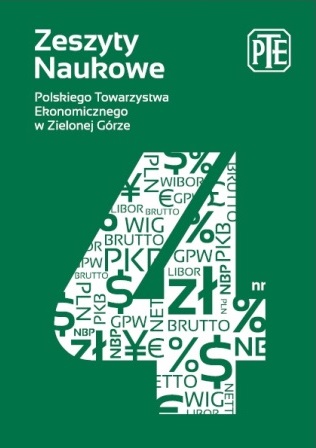Międzygminne nierówności dochodowe i efekty ich wyrównywania (na przykładzie gmin województwa lubuskiego)
Intermunicipal income inequalities and results of equalisation policy (on example of municipalities in Lubuskie province)
Author(s): Sławomira KańdułaSubject(s): Economy, National Economy, Public Finances
Published by: Polskie Towarzystwo Ekonomiczne w Zielonej Górze
Keywords: municipalities; income inequalities; equalisation mechanism; general subsidy; results of the government's equalisation policy
Summary/Abstract: There are significant disparities in the incomes of Polish municipalities, which translates into unequal levels of satisfying the needs of local communities. This, in turn, hampers the efforts to reduce social inequalities visible in the territorial division. At the same time, the mechanism of reducing these inequalities among municipalities is in itself dysfunctional. Both kinds of criticism are expressed quite frequently. Much more seldom, however, data are presented to illustrate the scale of these inequalities and the results of the government's efforts to reduce them. The research problem on which this article concentrates concerns intermunicipal income inequalities and efforts to level them out. The aim of this article is to present the scale of disparities in incomegenerating capacities of municipalities expressed by the indicator of tax revenues per capita, as well as to evaluate the results of the government's equalisation policy with respect to the municipalities of the lubuskie province. In order to measure the differences in tax incomes of the municipalities and to evaluate the efficiency of the compensation mechanism in the form of the general subsidy (subwencja ogólna), the author used selected statistical measures applicable to the measurement of dispersion and concentration of financial phenomena. The article begins with the explanation of the notion of intermunicipal income inequalities and the characteristics of the Polish compensation mechanism. Then, the research method and the studied population are described. This is followed by the presentation of income disparities between municipalities in the studied province as well as the results of the equalisation policy. In the conclusion, the author refers back to the theses put forward in the introduction and indicates possible directions of further research.
Journal: Zeszyty Naukowe Polskiego Towarzystwa Ekonomicznego w Zielonej Górze
- Issue Year: 3/2016
- Issue No: 4
- Page Range: 117-133
- Page Count: 17
- Language: Polish

